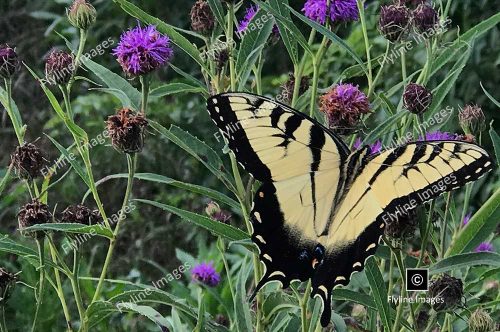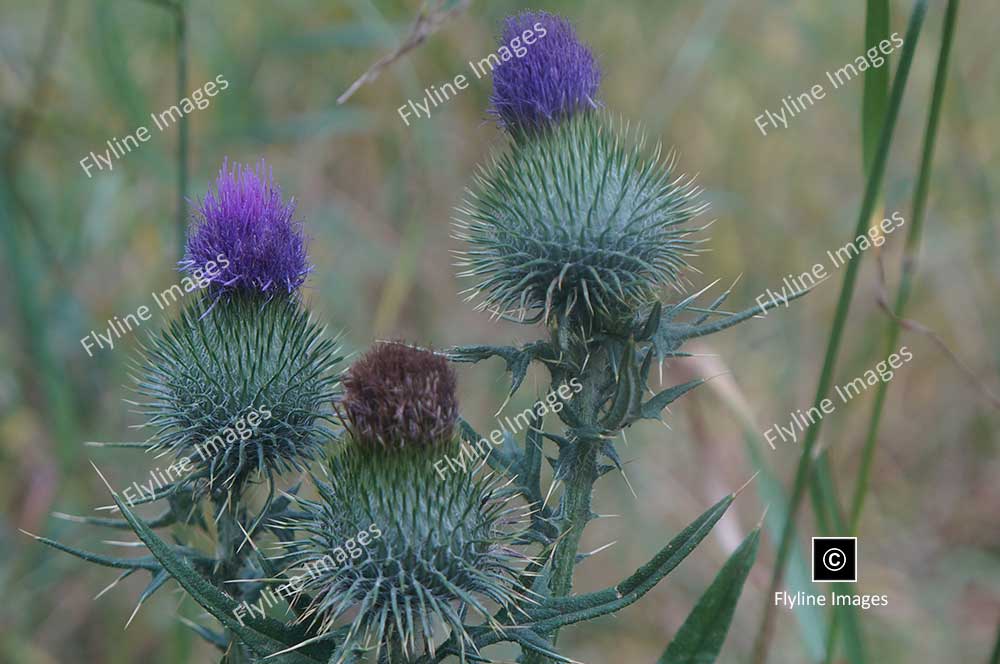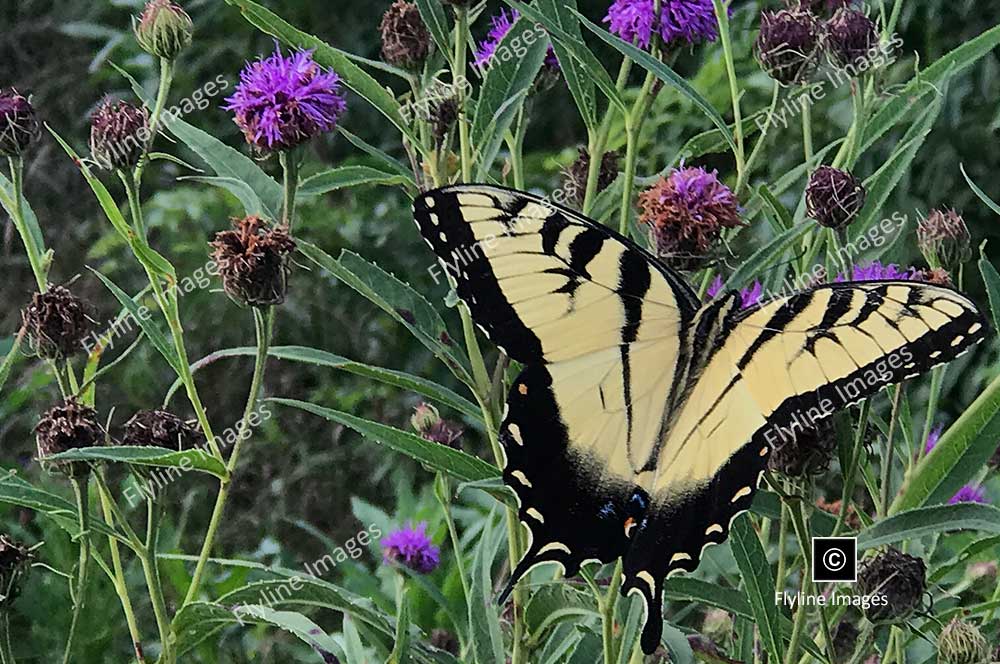Blue Thistle
Iconic American Wildflower, Steel-Blue Stems, Spiky Globe Flowers
The blue thistle, known scientifically as Eryngium planum, is a captivating wildflower celebrated for its striking, sculptural appearance. With its steel-blue stems and spiky, globe-like flowers, it naturally draws the eye and adds a dramatic flair to any landscape. This distinctive hue is rare among wildflowers, making the blue thistle stand out in meadows and gardens. Beyond its beauty, the blue thistle is a hardy perennial that thrives in various conditions, from dry, sandy soils to more fertile grounds, making it a versatile addition to any environment. Its unique form and vibrant color not only attract human admirers but also serve as a magnet for pollinators, contributing to the ecological diversity where it blooms.
Portrait Style Images
 MORE ABOUT BLUE THISTLE
MORE ABOUT BLUE THISTLE
Aside from its visual appeal, the blue thistle also holds significance in various cultures and traditions. In some parts of Europe, it is considered a symbol of strength and protection, with its sharp spines believed to keep evil spirits away. In Celtic folklore, it is associated with courage and determination, as well as transformation and regeneration due to its ability to thrive in harsh conditions. This symbolism has made the blue thistle a popular choice for tattoos and other forms of body art.
In terms of medicinal use, the blue thistle has been traditionally used for treating respiratory ailments such as coughs and bronchitis. Its roots contain essential oils that have anti-inflammatory properties, making them effective in relieving pain and inflammation. Additionally, the plant’s leaves have been known to have diuretic properties, aiding in treating urinary tract infections and kidney problems.
Today, the blue thistle continues to be valued for its ornamental and medicinal qualities. It is often used in natural landscaping to add a touch of wild beauty and attract beneficial insects such as bees and butterflies. Its striking appearance also makes it a popular choice for cut flower arrangements, adding a unique touch to bouquets and centerpieces. With its versatility and enduring appeal, the blue thistle remains an alluring wildflower that has captured the hearts of many for centuries. So next time you come across this enchanting flower, take a moment to appreciate its beauty and the rich history behind it. Happy gardening!
The blue thistle is more than just a visually stunning wildflower. Its unique appearance, cultural significance, and medicinal properties make it a beloved plant in many parts of the world. Whether used for landscaping, body art, or traditional medicine, this hardy perennial continues to captivate and intrigue people with its charm and resilience.
BLUE THISTLE THRIVES IN NORTH AMERICA
Blue thistle wildflowers, known for their spiky appearance and vibrant hue, are commonly found in a variety of habitats across North America, Europe, and Asia. They thrive in well-drained soils and are often seen in open meadows, rocky slopes, and grasslands. These hardy plants adapt well to different environments, making them a popular choice for gardeners looking to add a touch of wild beauty to their spaces. Whether growing naturally in the wild or cultivated in gardens, blue thistles add a striking visual element to their surroundings.
Blue thistles, also known as echinops, are perennial plants that can grow up to 6 feet tall. They belong to the Asteraceae family, which includes sunflowers and daisies. Despite their name, blue thistles actually produce purple flowers that resemble small globes or balls. These unique flowers are a favorite among pollinators such as bees and butterflies, making them an important source of food for these important insects.
In addition to being visually stunning, blue thistle wildflowers have many practical uses as well. Historically, they were used in herbal medicine to treat various ailments such as headaches and stomach issues. Today, they are still used in some alternative medicine practices for their anti-inflammatory and diuretic properties. The roots of blue thistles can also be dried and used as a substitute for coffee, making them a sustainable alternative to traditional caffeine sources.
Aside from their medicinal and culinary uses, blue thistles also have cultural significance in various regions around the world. In Scotland, they are a national emblem and appear on the country’s coat of arms. They are also often featured in art and literature, where they symbolize strength, determination, and resilience due to their ability to thrive in harsh environments.
Whether you encounter blue thistle wildflowers in their natural habitat or incorporate them into your garden, these striking plants are sure to leave an impression. With their vibrant color, unique appearance, and practical uses, it’s no wonder they have captured the hearts of people all over the world. So next time you see a blue thistle growing in the wild or in a garden, take a moment to appreciate their beauty and significance. After all, these spiky flowers are more than meets the eye. So if you ever come across these stunning wildflowers during your travels, remember their rich history and enjoy their vibrant presence in nature.




















